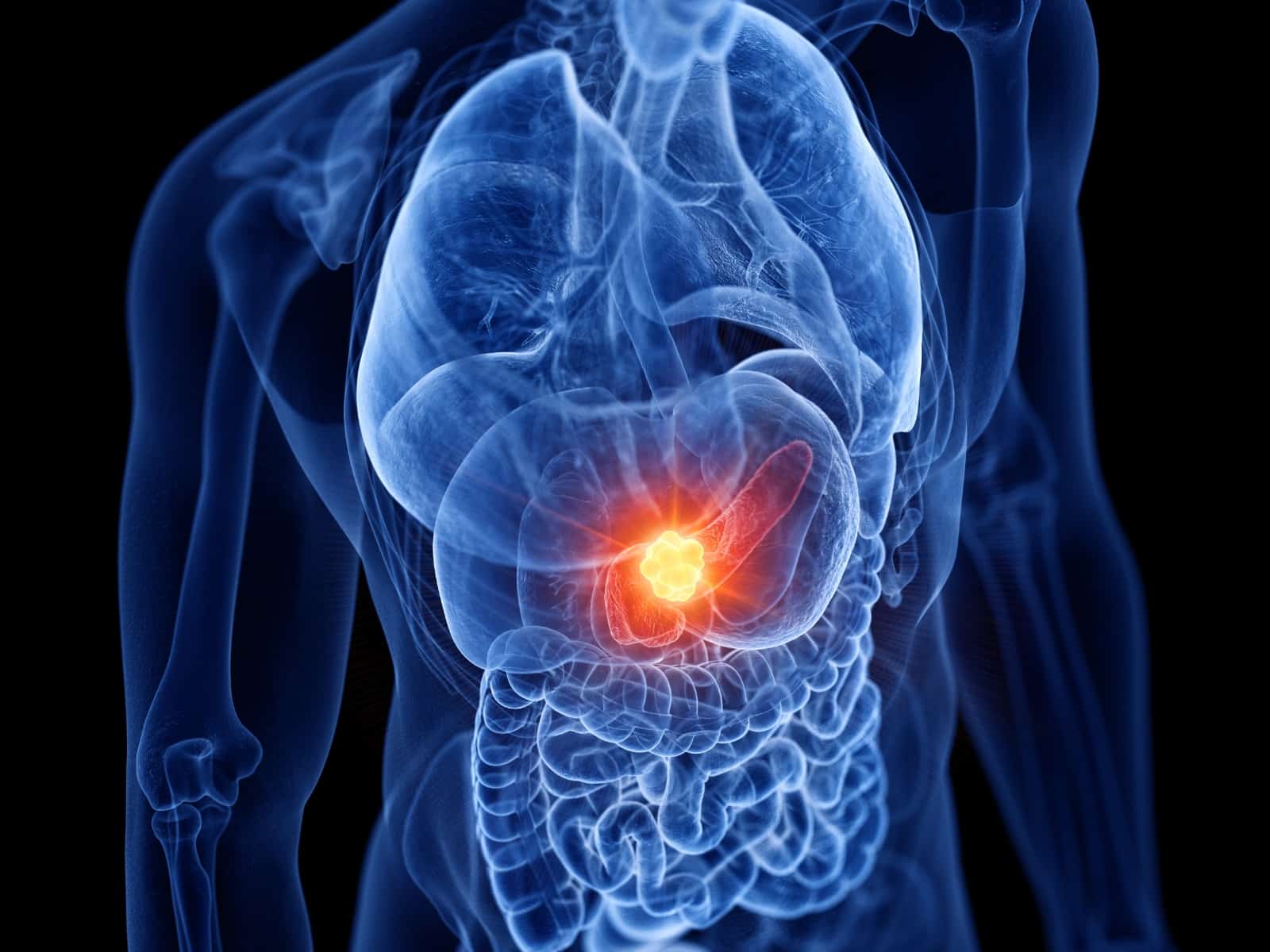What are neuroendocrine tumors? The news about the rapper Fedez undergoing an intervention due to a neuroendocrine tumor has gone around the web, raising public awareness.
Here at Nefrocenter it’s possible to undergo all the diagnostic tests for the prevention of this pathology.
Neuroendocrine tumors fall into the category of rare pathologies that affect the neuroendocrine system. In most cases they are defined as slow growing and have some characteristics in common between them such that similar methods can be used for diagnosis and therapy.
In most cases they can affect the pancreatic islets, but can also be located in the gastro-enteric-pancreatic tract with faster growth. The latter case can originate in all districts and therefore need different therapies and treatments compared to other forms.
Functioning and non-functioning neuroendocrine tumors
Neuroendocrine tumors that originate from endocrine cells present in the pancreas can be divided into “functional” and “non-functional”. Those that produce large quantities of hormonal substances that cause various symptoms are called “functional”. The “non-functioning” ones are characterized by the lack of production of these substances. There are four main “functional” tumors.
Insulinoma is characterized by a large production of insulin, a hormone that regulates blood glucose levels; the symptoms, linked to a lowering of glucose values, may involve dizziness, sweating, fainting and tachycardia.
The VIPoma causes an excessive production of VIP, i.e., the intestinal vasoactive peptide that regulates the production and absorption of water by the intestine; the main symptom is severe dysentery.
The glucagonoma is a rarer form, characterized by the production of glucagon, which causes skin rashes and diabetes.
The gastrinoma causes the production of gastrin, which results in a greater production of stomach acid; the main symptoms are diarrhea and ulcers.
The somatostatinoma is another rare form of tumor that causes diabetes, gallbladder stones and difficulty in digesting fatty food.
Endocrine tumors’ symptoms
The symptomatology of neuroendocrine tumors is linked to the type of hormone produced. However, there are many symptoms associated with this type of pathology: Cholelithiasis, Diabetes, Diarrhea, Hypoglycemia, Duodenal ulcers.
Other symptoms are related to the effects of the tumor’s mass itself, particularly in cases of “non-functioning” pathologies: weight loss, pain, jaundice, vomiting.
Diagnosis
In most cases, neuroendocrine tumors get detected almost by chance, usually when the patient is undergoing tests for other reasons.
In other circumstances, they are detected thanks to the presence of symptoms, for example through blood tests.
Therefore, these kinds of tests can reveal abnormal values of the previously mentioned hormones or the presence of other substances produced by the tumor itself, such as chromogranin A.
Instrumental tests
There are many instrumental tests that are useful to precisely detect the tumor, its location, and its dimensions.
A genetic analysis can verify the presence of multiple endocrine neoplasm syndrome 1 (MEN 1).
Then there’s the tumor tissue biopsy. The ultrasound endoscopy of the stomach and the duodenum is performed with an ultrasound probe that allows to accurately visualize the pancreas, with the possibility of also taking small samples of the tumor through the needle aspiration technique. There’s also the magnetic resonance imaging (MRI) of the abdomen, while the receptor scintigraphy exploits somatostatin receptors to detect neuroendocrine tumors.
Thanks to the triphasic computed tomography (CT) of the abdomen it’s possible to verify the presence of cancer in the liver or lymph nodes. The technique consists of a three phases passage of the contrast medium through the liver.
The positron emission tomography with CT fusion (PET-CT) is perhaps the most effective test for a correct diagnosis and for the re-evaluation of the tumor after oncological therapy. There are three types of this test.
PET-CT with Dopamine, which manages to identify the tumor through its peculiar metabolism.
PET-CT with FGD, which uses a radiopharmaceutical that is concentrated in neoplastic lesions characterized by a high metabolism of sugars; its use is to classify the aggressiveness of the tumors.
The PET-CT with Gallium-DOTA-peptide is characterized by the use of a radiopharmaceutical that binds to somatostatin receptors. The latter often abound on the surface of these particular neoplasms.
Therapies for neuroendocrine tumors
The treatment of neuroendocrine tumors can involve the combination of several “disciplines” such as biotherapies, used in cases where surgical removal of the tumor is impossible. They consist of injecting patients monthly with a synthetic hormone that corresponds to somatostatin.
Doctors rely on chemotherapy when the tumor grows despite hormone therapy or in cases of rapidly growing cancer.
Surgery is a most effective therapy since it allows the removal of the tumor. Surgical intervention for this type of tumors, which are also performed laparoscopically, are less demolishing compared to those for other carcinomas.
Radiometabolic and radioreceptor therapies are essentially linked to the massive presence of somatostatin receptors on the surface of neuroendocrine tumors. Therefore, it involves the use of a drug that corresponds to somatostatin, characterized by a radioactive portion.
This drug, injected intravenously, can identify the tumor thanks to the receptors, thus allowing the radioactive component to act directly on the tumor cells.

